Many people use the term “home theater” to describe an area where they watch movies.
Others, however, strive to establish an area that faithfully duplicates all the great experiences of going to the movies, without any of the annoyances.
For those who choose to recreate the unique atmosphere of an outing to the cinema, paying attention to a few details when planning the home theater can make all the difference.
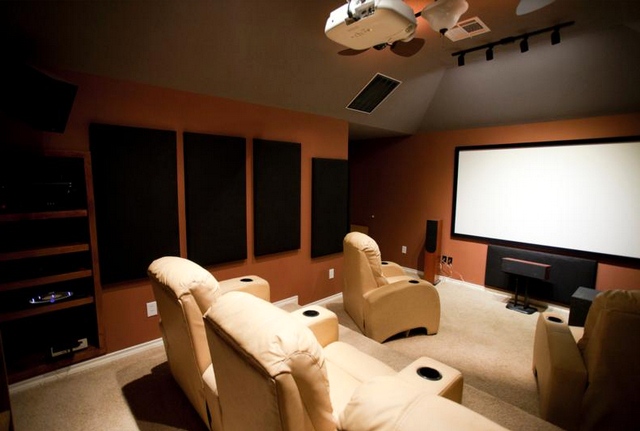
Home Theater Secrets That Will Turn Your Den into a Cinema
With these tips, your home theater will be every bit as impressive as the real deal!
Read Also:
- 5 Stunning Ways to Transform Any Room in Your House Into Somewhere Beautiful
- 6 Handy Noise Control Solutions You Should Consider for Your Residence
- Safeguard Your House With These Easy Home Security Hacks
- 7 New and Unique Design Tricks for a Small Living Room
- How to Set Up Your Own TV Room
- How to Create a Home Theater Room
The Movie Screen
Bill Gates could probably have someone custom-fabricate a big screen TV that takes up an entire wall. For the rest of us, that probably isn’t an option.
The single most distinctive difference in watching a movie at the cinema versus watching one at home is the monster screen that virtually fills a person’s visual range.
This creates the illusion that the person is actually present and watching the events of the movie unfold in person. To achieve this effect, there is no better way than to use a projector.
Connecting the projector to a DVD player or computer allows one to determine exactly how large the projected image will be. With a little thought to where the projector is placed, it is possible to turn an entire wall into a gateway to another world.
The wall itself should be painted white, and the key here is to avoid any visual distortion, so a flat, matte paint should be used to eliminate the glare caused by glossy paints.
One could also forgo paint entirely by installing the kind of roll-down projector screen often used in classrooms.
The Sound System
Like the monster screen at the theater, the overwhelming sound system at the cinema is designed to immerse a person at the moment and make him or her experience the movie instead of simply watching it. To duplicate this in a home theater, a good surround sound system should be installed.
Having the movie’s sound come from a single source directly in front of the viewer shatters the immersion effect.
With a properly-installed surround sound system, that speeding train on the screen not only appears to be rushing by, but it also sounds that way, too.
The most common mistake when setting up a sound system for a home theater is not having enough bass. Those deep rumbles that a good subwoofer creates serve two purposes.
They allow a person to viscerally feel the action, and they free up the mid-range speakers from being forced to try and produce them.
An overworked mid-range speaker leads to sound distortion, as the speaker is forced to try and produce high-pitched whistles, mid-range conversations, and deep explosions – all at the same time.
Don’t Forget the Drapes
Have you ever peeked behind those thick, luxurious drapes at a movie theater? There is nothing there but a wall. The drapes are not merely decoration, they serve a very important purpose.
These drapes act as “shock absorbers” preventing the walls from creating echoes that distort the sound from the movie.
There is a huge difference between the sound of a galloping horse in a closed room versus the sound of the same horse running on an open plain.
The movie itself will produce the latter, but failing to insulate the room from echoes will transform it into the former.
Any heavy, dark cloth will serve the purpose of cinema drapes. Dark drapes will also prevent reflected light from the movie screen from brightly lighting the rest of the room.
As any large, hard surface will distort sound, one should carpet the floor and attach drapes to the ceiling of the home theater if at all possible.
To Relax or Not to Relax
This issue is a matter of taste. Some home theater owners find that an extremely comfortable recliner allows the body to completely relax and promotes total immersion in the movie.
For those choosing to closely duplicate the entire cinema experience, there is no better way than adding a row of cinema seats to the room.
Depending on the space available, either can be possible. Many find beanbag chairs to be the ultimate movie-viewing seating configuration.
The only seating to desperately avoid is uncomfortable, hard-backed chairs; constant fidgeting to find a comfortable position detracts from the immersion that is the goal of a good home theater.
Movie Food
A necessary ingredient of any respectable home theater is a “concession stand”. Create a station where fresh popcorn, milk duds, soft drinks, and other movie snacks are readily at hand. It is truly a shame when the monster jumps out of the closet and there is no flying popcorn.
Establishing a home theater is about accurately recreating the entire cinema experience. By planning ahead and paying attention to details, a family “outing” to the movies can be as simple as stepping into the living room – randomly ringing cell phones, half an hour of previews, and a lady behind you asking, “Who was that guy again?” can be added at your discretion.
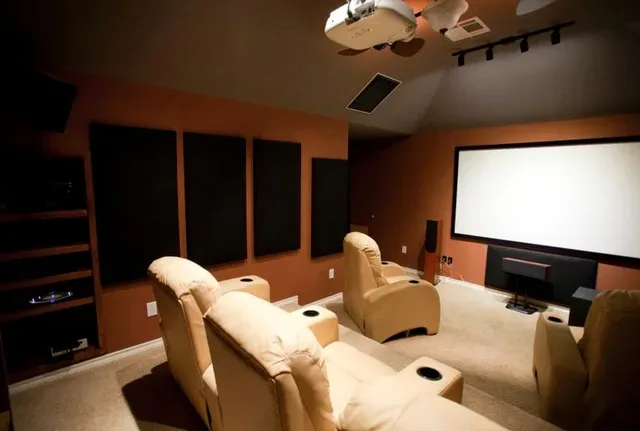
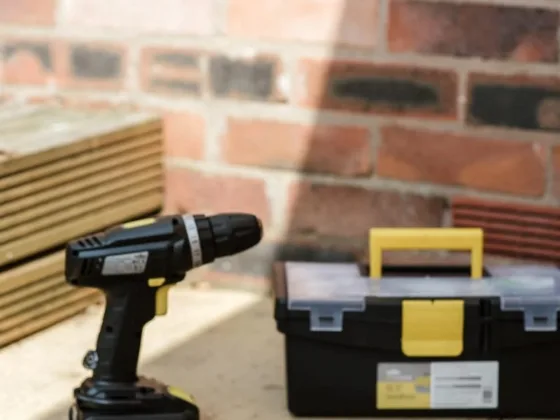
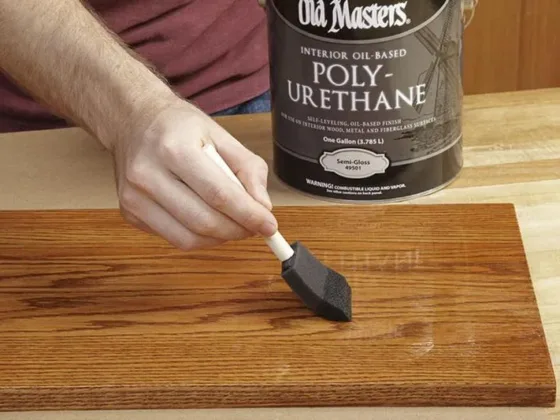
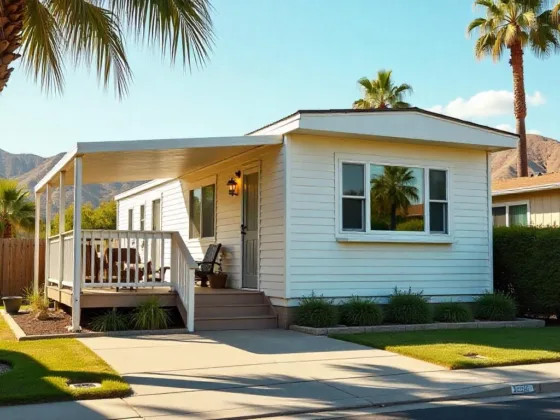
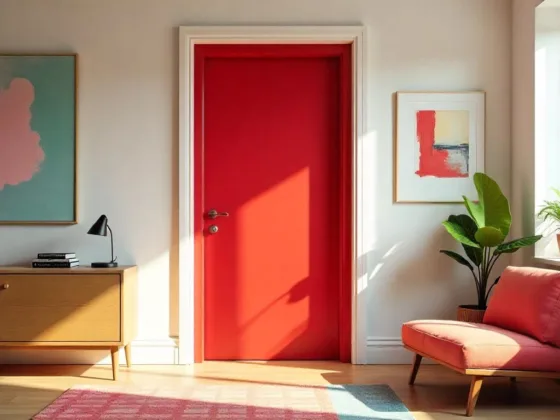
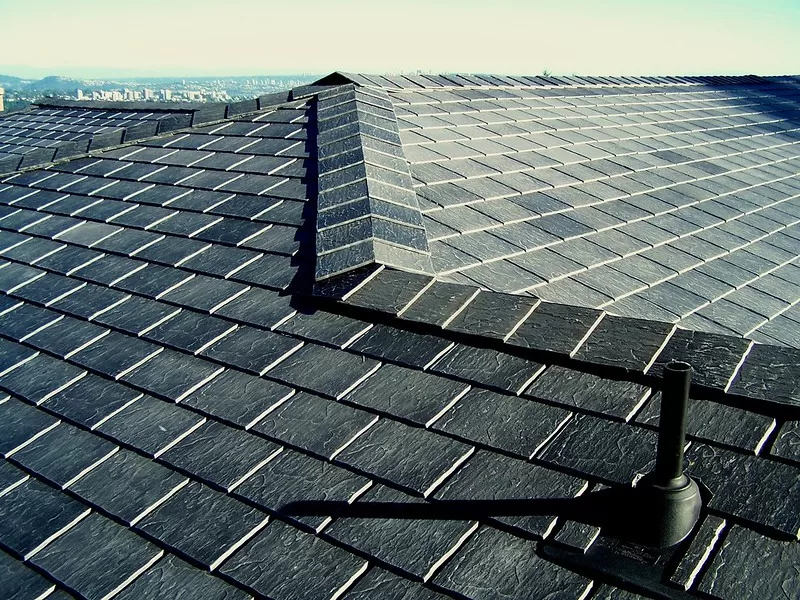



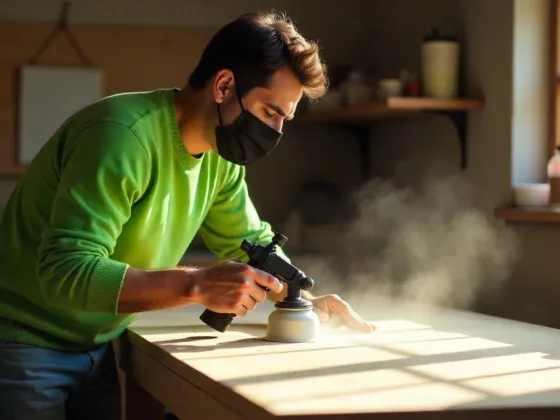
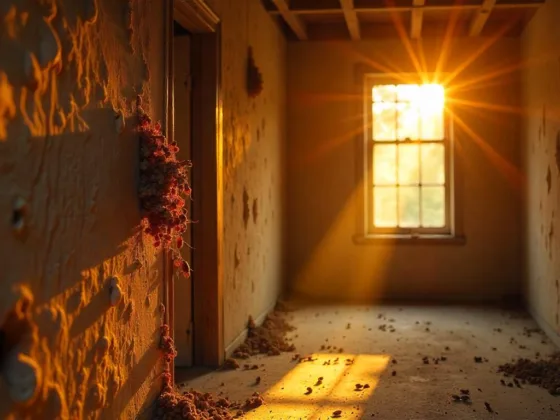
3 comments
We plan to spend the hot season vacation at my brother’s vacation house compound and so a lot of us movie enthusiasts wanted to chip in and set up a home theater system for us to spend time with. We wanted to know what else we could do to make the place more conducive to home theater viewing, and it helped when you suggested using relaxing chairs and comfortable seats or beanbags to make people more at ease during the viewing. I recall my sister having a lot of beanbags that aren’t too old over at her place, so we could use those. Once we decide to buy that home theater system and have it set up, I’ll keep the rest of your tips in mind when it’s showtime. Thank you!